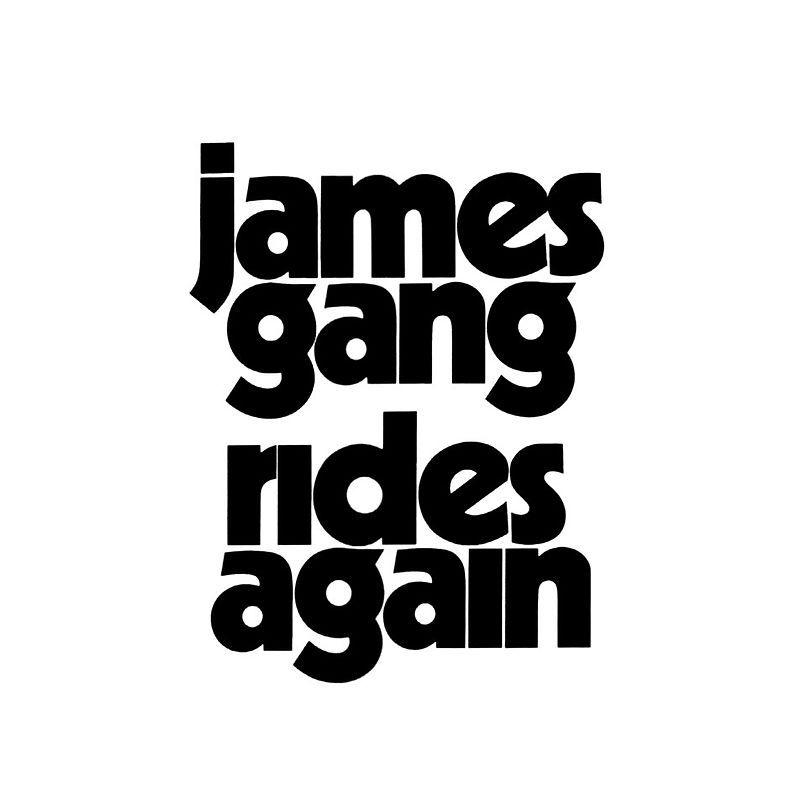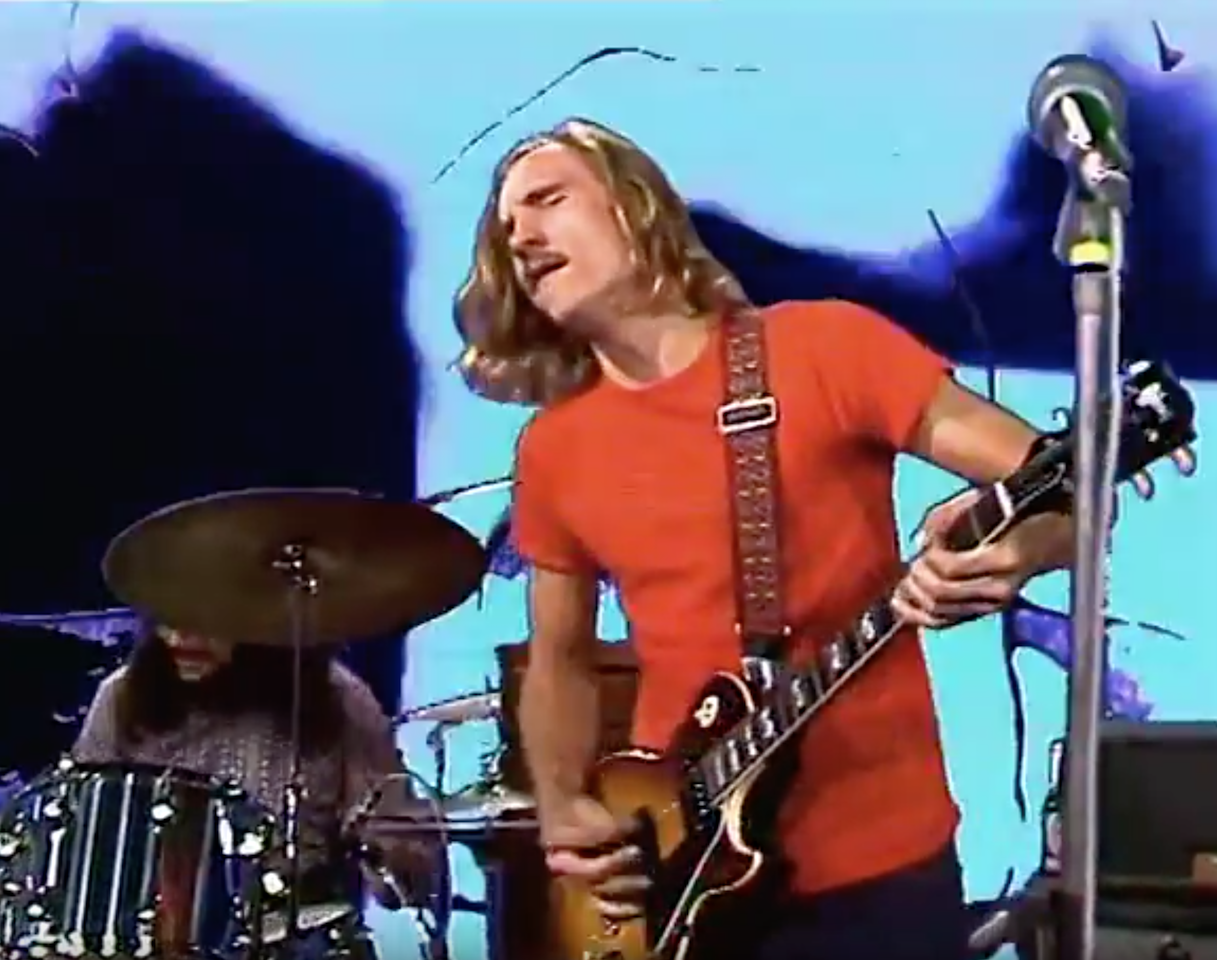
Gilbert was good friends with all of them, especially Joe “Peg Leg” Morgan, the current head of the Mexican Mafia.Įven though we weren't members of a gang, Gilbert and I were classified as “sympathizers,” a designation that wasn’t casual. He said that was a contract for life and we shouldn't have any part of it, so I stayed away, but that didn’t mean I wasn’t friends When I got to prison, Gilbert cautioned me about joining the Mafia. I was lucky because Gilbert was so respected in the pen, I got that level of respect passed on to me. Guys, but my uncle Gilbert was the one who really knew the older shot-callers. I knew it was untrue because Olmos’s character was based on a real guy in the Mexican Mafia named Rodolfo Cadena (aka Cheyenne). In the opening scene, the mother of Montoyo Santana, the character Edward James Olmos plays in the film, is raped by sailors the night of the Zoot Suit Riots, leaving her unsure of who Montoya’s real father is. Ten pages in, I knew there were going to be problems. But my initial excitement quickly changed to dismay.
#SEEMS TO ME JAMES GANG MOVIE#
Olmos was just coming off an Oscar-nominated performance in Stand and Deliver, and now he was making a movie about a world I knew intimately. When I sat down to read American Me, I was excited. One was called American Me, directed by and starring Edward James Olmos. They knew my involvement would give them credibility. Since I was a high-profile Chicano who'd done time, both movies reached out to me. In 1991, two Chicano scripts rolled through Hollywood that both centered on the formation and growth of La Eme, the biggest Mexican gang in the California prison system. He and his co-writer Donal Logue will host a virtual book signing event on June 29, which you can check out here. When he took the guitar off, he threw it up in the air, put it on the ground and jumped up and down on it, but he stopped short of lighting it on fire, because he thought that would have been stupid.Below is an excerpt from Danny Trejo’s upcoming memoir: Trejo: My Life of Crime, Hollywood, and Redemption, published by Atria Books. Walsh said that he took his guitar and did a full-on Pete Townshend with it in the background, where he put everything on 10 and turned the fuzz tone all the way up. The credit refers to an audio effect that Walsh created with his guitars by utilizing multiple cascading and heavily distorted guitars which added even more chaos and destruction into the end of this song. The wreck isn’t literal, as nobody would be dumb enough to let Walsh behind the controls of an actual train.


Jim Fox played drums on this track, with Dale Peters on bass and Joe Walsh is credited for playing guitar, singing vocals and creating a “train wreck”. The song was all but finished when Walsh began concocting an ending for the track. This song is thought to be about the end of his relationship with his first wife Marjorie Frances Walsh who he married in 1967 and divorced in 1970. Walsh wrote this tune which details the aftermath of a breakup, channels the anger and bitterness of the event through his guitar, ripping through solos, riffs, and chord changes with palpable anger. The song was a moderate success, peaking at #51 on the Billboard Hot 100 chart and it was the best placement for a James Gang single. ‘Walk Away’ was written by Joe Walsh and recorded by The James Gang on their third studio album Thirds which was released in 1971. Respond to this challenge, by either by using the prompt word head, or going with the above picture, or by means of the song ‘Walk Away’, or by going with another song by the James Gang, or something by Joe Walsh, or anything else that you think fits.


 0 kommentar(er)
0 kommentar(er)
